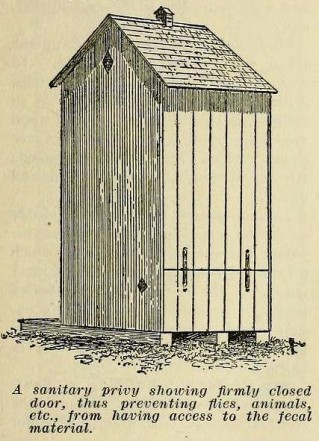 Besides taking for granted how simply water normally arrives into our homes, sometimes we also fail to consider how easily we can discharge wastewater. Looking through one of my favorite old books the other night, I was reminded of how easy most of us have it today.
Besides taking for granted how simply water normally arrives into our homes, sometimes we also fail to consider how easily we can discharge wastewater. Looking through one of my favorite old books the other night, I was reminded of how easy most of us have it today.
The 1909 book, “Household Discoveries and Mrs. Curtis’s Cook Book,” includes detailed plans for building a privy, which is quite useful ― right down to the size of boards and hardware required.
“It is believed that any 14-year-old schoolboy of average intelligence and mechanical ingenuity can, by following these plans, build a sanitary privy for his home” at an expense of $5 to $10 per receptacle, according to locality, the book states.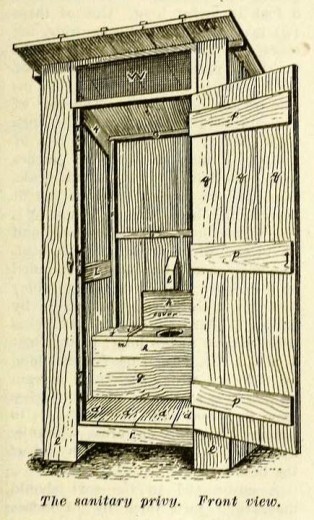
The plans could be adjusted so that instead of one seat, it may have two, three, four or five seats, etc., according to necessity. A pretty lattice covered with flowers or vines will add to the privacy of the privy ― at least outside it may be private. Also, for those with more “elegant taste,” an elaborate, and more expensive, structure can be built with a peaked roof instead of the standard single slant.
What really caught my attention, though, was the additional information about cleaning the privy and ensuring a clean water supply for the home and gardens. Unlike the open-pit outhouses I remember as a child, these plans call for a bucket under each seat, which should be deep enough so the user is not splashed. It also must fit snugly to keep out vermin and insects.
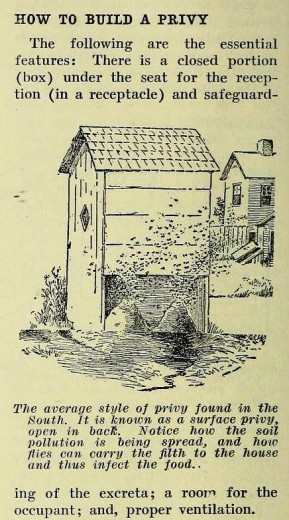 But here is where the fun comes in: “The frequency of cleaning the receptacle depends upon (a) the size of the tub; (b) the number of persons using the privy; and (c) the weather. In general, it is best to clean it about once a week in winter and twice a week in summer.
But here is where the fun comes in: “The frequency of cleaning the receptacle depends upon (a) the size of the tub; (b) the number of persons using the privy; and (c) the weather. In general, it is best to clean it about once a week in winter and twice a week in summer.
Privy Bucket Rotation
“An excellent plan is to have a double set of pails or tubs for each privy. Suppose the outhouse is to be cleaned every Saturday: Then pail No. 1 is taken out (say January 1), covered and set aside until the following Saturday; pail No. 2 is placed in the box for use; on January 8 pail No. 1 is emptied and put back in the box for use while pail No. 2 is taken out, covered, and set aside for a week (namely, January 15); and so on throughout the year.
“The object of this plan is to give an extra-long time for the germs to be killed by fermentation or by the action of the disinfectant before the pail is emptied. Each time the receptacle is emptied, it is best to sprinkle into it a layer of top soil about 1/4 to 1/2 inch deep before putting it back.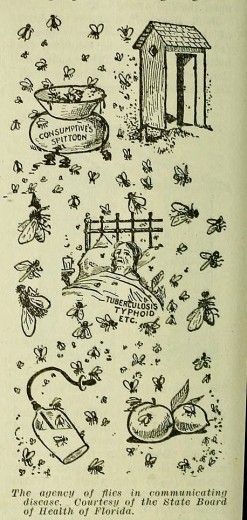
Waste Disposal
“For the present, until certain very thorough investigations are made in regard to the length of time that the eggs of parasites and the spores of certain other germs may live, it is undoubtedly best to burn or boil all excreta; where this is not feasible, it is best to bury all human discharges at least 300 feet away and downhill from any water supply (as the well, spring, etc.).
“Many farmers insist upon using the fresh night soil (the bucket contents) as a fertilizer. In warm climates, this is attended with considerable danger, and if it is so utilized, it should never be used upon any field upon which vegetables are grown which are eaten uncooked; further, it should be promptly plowed under.
“In our present lack of knowledge as to the length of time that various germs may live, the use of fresh, un-boiled night soil as a fertilizer is false economy which may result in the loss of human life.”
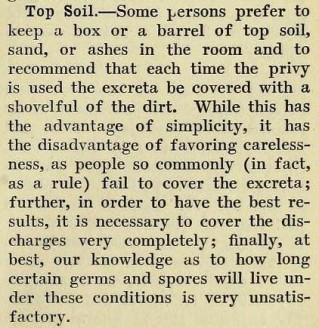 The book further advises that a box of topsoil or lime can be left in the outhouse to sprinkle on top of the excreta to control flies. However, as a rule, people are almost always messy and fail to cover the excreta completely. “The lime is not used with sufficient frequency or liberally to keep insects away, as is shown by the fact that flies carry the lime to the house and deposit it on the food.”
The book further advises that a box of topsoil or lime can be left in the outhouse to sprinkle on top of the excreta to control flies. However, as a rule, people are almost always messy and fail to cover the excreta completely. “The lime is not used with sufficient frequency or liberally to keep insects away, as is shown by the fact that flies carry the lime to the house and deposit it on the food.”
With that said, I promise to never gripe again about cleaning the bathroom.
This book is available for free online at Open Library.org. The section with privy plans begins on page 122, including drawings, measurements and parts lists. We can’t promise the privy can be built for $5 or $10 though!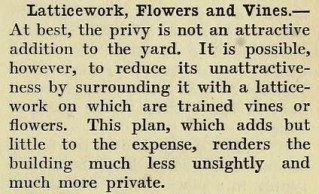
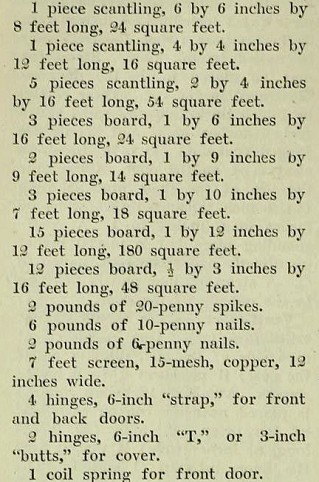
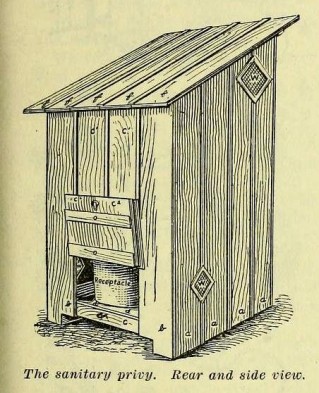
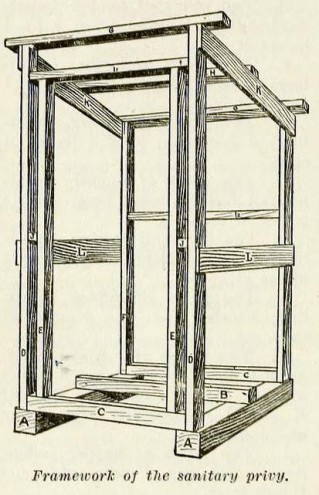
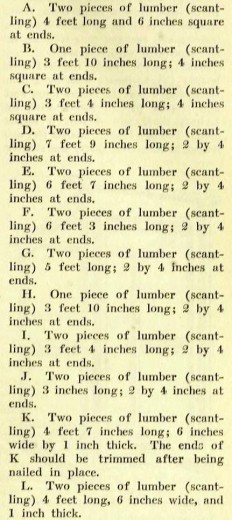
© 2013 Well WaterBoy Products LLC ♦ WaterBuck Pump™
